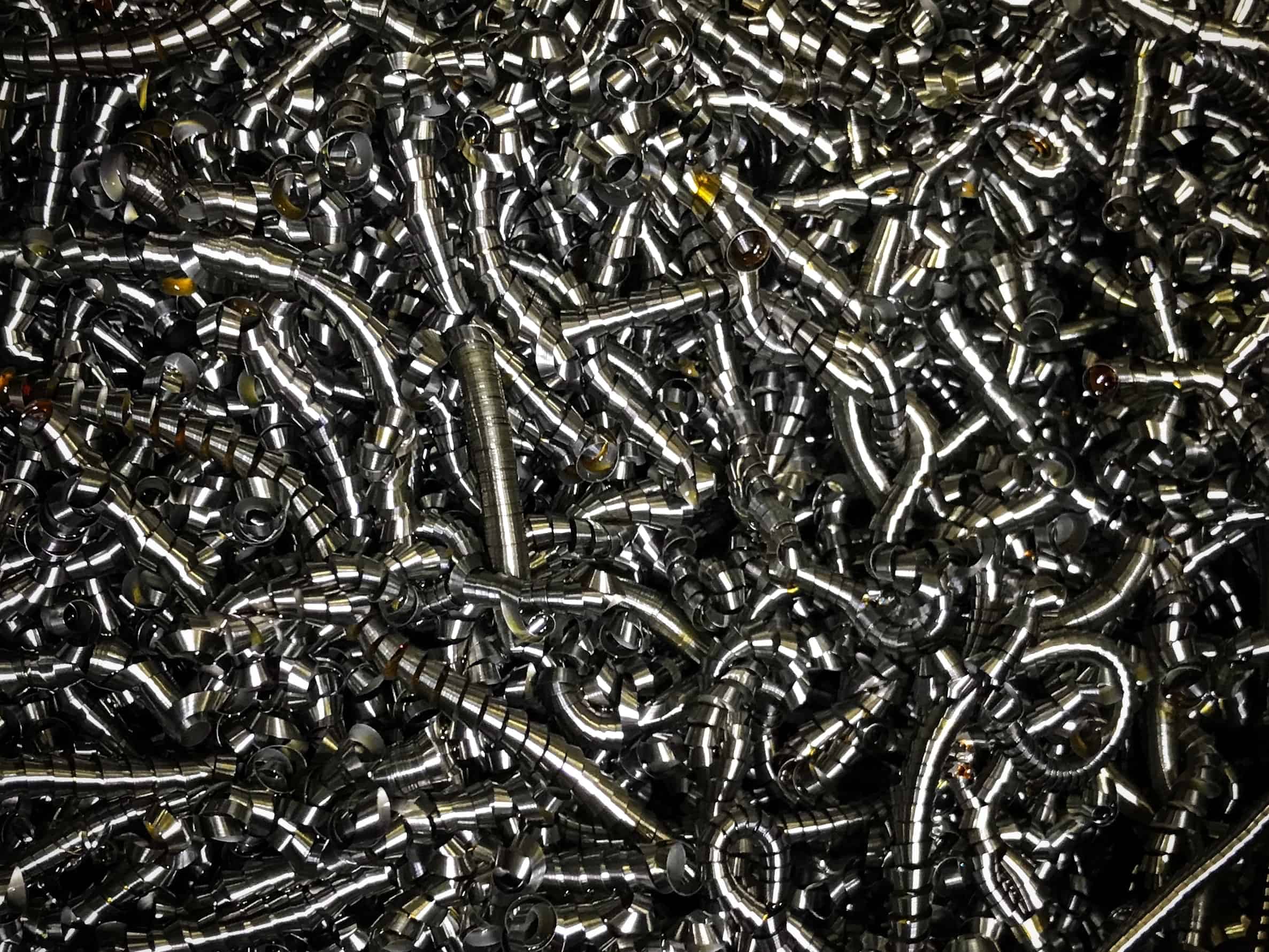Levelling & Deburring
if you are producing sheet metal components or parts do you have a flatness or burr issues. There is a very simple and cost effective solution which is to run your components through a levelling a deburring machine. Now this may seem like an extra production process but lets consider on more detail.
We have noticed that many sheet parts are anything but flat. Flatter parts can make assembly and fabrication processes significantly faster, the performances are dramatically highlighted when robot welding is in place. A high level of burrs can impact on any manual handling operations within the factory, and also within other post production processes.
Flatness for large jobs: Rough panels from 4 mm to 40 mm in thickness
Different panels require different leveling systems. When processing large and thick metal plates and parts to achieve flat surfaces that and relieved of internal stresses. Machines designed to perform this process need to be efficient ( i.e. processing parts as quickly as possible) and reliable ( delivering the same level of flatness and stress relief part after part. Hydraulic plate straighteners are designed to provide rapid leveling with low internal stresses therefore minimising scrap.
- There are hydraulic steel plate straighteners specifically designed for rough steel panels from 4 mm to 40 mm thick
- Many can handle the large panels thanks to their 3,000 mm width bed , which also allows them to cope with the full spectrum of smaller sizes
- These machines are incredibly robust and can easily cope with rust and dirt on the steel sheet
Levelling and Deburring
In manufacturing, levelling and deburring are two important processes that are commonly performed on metal and other materials to ensure their quality, functionality, and safety. Here’s an overview of each process:
- Levelling: Levelling, also known as flatness correction or surface levelling, is the process of removing or minimising deviations from the desired flatness of a material. When metal sheets or plates are produced, they can sometimes have uneven surfaces or variations in thickness, which can cause issues during subsequent manufacturing processes or affect the performance of the final product.
Levelling is typically achieved using specialised machines called levellers. These machines apply pressure to the material and pass it through a series of rollers or dies. The pressure and roller configuration are adjusted to gradually reduce the unevenness and bring the material to the desired flatness. Levelling improves the overall quality and consistency of the material, making it easier to work with in subsequent manufacturing steps such as cutting, welding, or bending.
- Deburring: Deburring is the process of removing burrs, which are small raised edges, ridges, or roughness on the surface of a workpiece. Burrs are commonly formed during various manufacturing operations such as cutting, drilling, milling, or punching. They can be sharp, jagged, or uneven, and if left untreated, they can affect the functionality, aesthetics, or safety of the final product.
Deburring is typically performed using specialised tools such as deburring knives, files, brushes, grinding wheels, or tumbling machines. The choice of deburring method depends on the material, size, and complexity of the workpiece. The process involves carefully removing the burrs while minimizing the alteration of the workpiece’s dimensions or surface finish. Deburring improves the quality, appearance, and safety of the manufactured part, ensuring it meets the required specifications.
Both levelling and deburring are essential processes in manufacturing to achieve high-quality, precise, and consistent results. They help prepare materials for subsequent manufacturing operations and ensure the final products meet the desired standards in terms of flatness, surface finish, and functionality.
Defining quality features of equipment for levelling and deburring include servo-hydraulic levelling gap control and overload protection which guarantees the same consistent levelling results and protection against damage. Easy cleaning of leveller machines is very important, especially when processing large plates which are often covered with rust and scale. Quality well designed machines are specifically designed for tough conditions. Make sure you identify a hydraulic leveller that is highly resistant to soiling and can be cleaned quickly and easily. For more information please contact Andrew Goode

